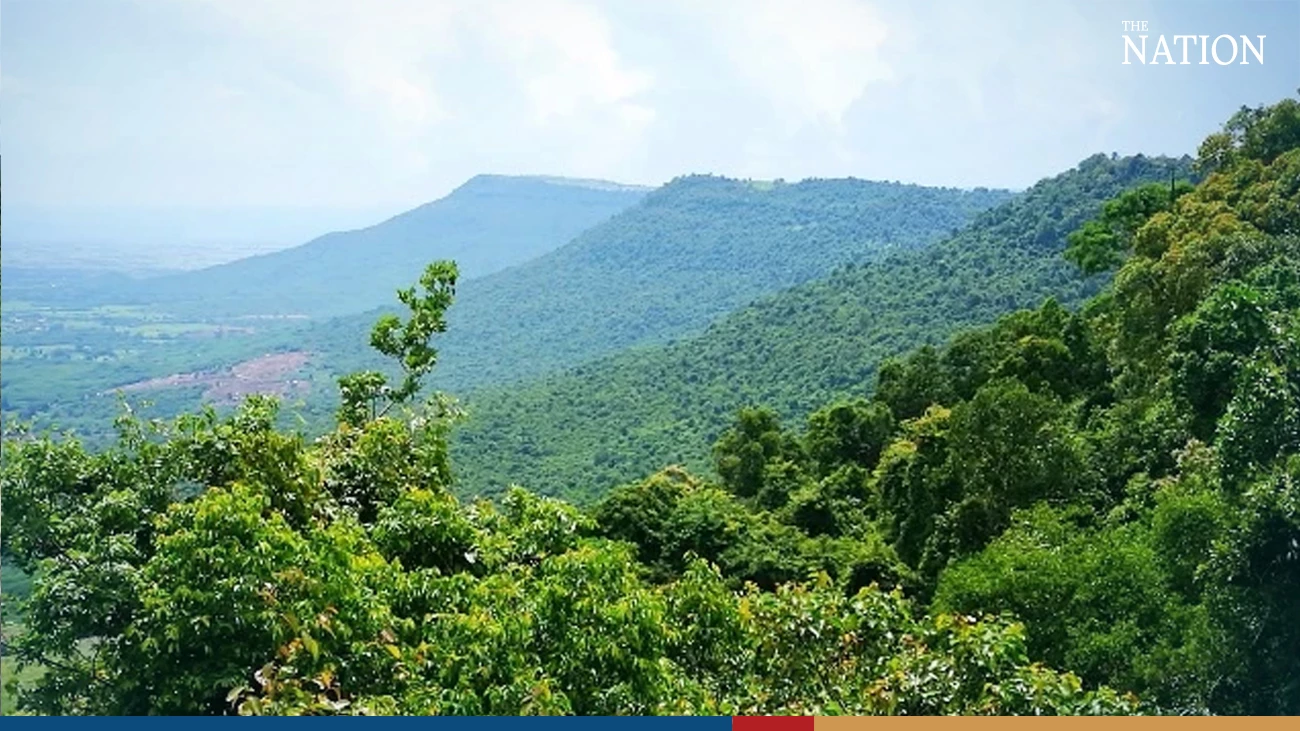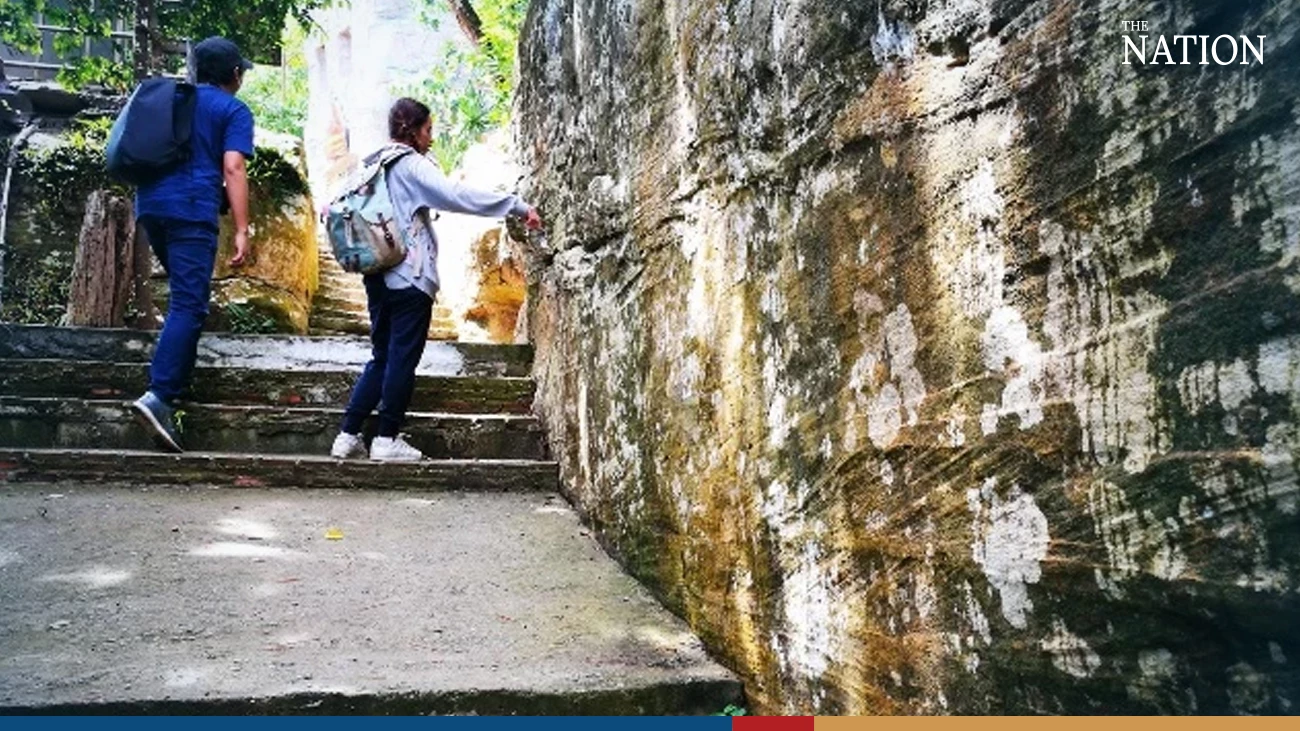May 29, 2023
BANGKOK – Khorat Geopark has become the second Thai geopark to be included among the 195 Unesco Global Geoparks worldwide.
The geopark in Nakhon Ratchasima province (also known as Korat) was approved as a Unesco geopark on May 17. Satun Geopark made the list on April 17, 2018.
The 3,167.38 square kilometre Khorat Geopark spans five districts in the province: Sikhio, Sung Noen, Kham Thale So, Mueang, and Chaloem Phra Kiat.
According to Unesco and the Department of Mineral Resources, a geopark is an area with outstanding sites in terms of geology, archeology, natural resources, and culture.

Khorat Geopark features a cuesta landscape, a hill or ridge with a gentle slope on one side, and a steep slope on the other. The cuesta system is one of the longest in the world.
This unique landscape can be found across the Northeast, especially near its border with the Central region.

The geopark contains fossils of prehistoric animals, including four dinosaurs: Sirindhorna Khoratensis, Ratchasimasaurus Suranareae, Siamodon Nimngami, and Siamraptor Suwati.
Animal fossils and petrified wood are displayed at the Khorat Fossil Museum in the province’s Mueang district.

Khorat Geopark includes other historic sites, including Prasat Hin Phanomwan (an ancient Khmer-style Hindu temple) in Mueang district, Sema ancient remains (the remnants of a Khmer-style city) in Sung Noen district, and Wat Khao Chan Ngam in Sikhio district, which has prehistoric cliff drawings from 3,000 to 4,000 years ago.
Sema ancient remains also include a statue of a reclining Buddha.

The park’s geological, historical and natural wonders draw visitors from around the world.
The Unesco designation for a geopark requires that it be managed in a way that combines conservation, sustainable development, and the involvement of local communities.


